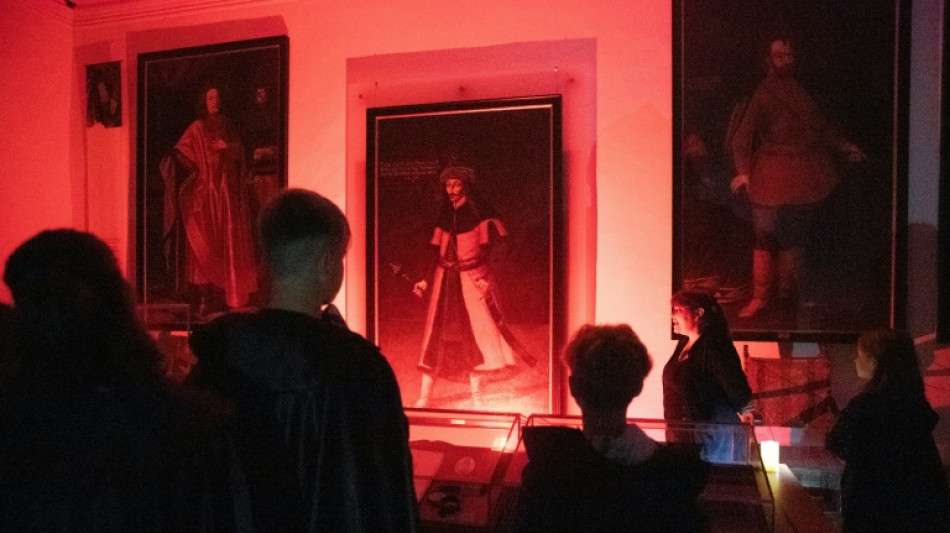
-
 Trump hosts Saudi prince for first time since Khashoggi killing
Trump hosts Saudi prince for first time since Khashoggi killing
-
Tonga's Katoa out of NRL season after brain surgery

-
 Japan warns citizens in China over safety amid Taiwan row
Japan warns citizens in China over safety amid Taiwan row
-
In Somalia, a shaky front line barely holds back the 'dogs of war'

-
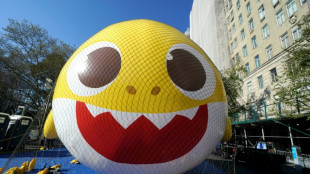 Shares in 'Baby Shark' studio jump on market debut
Shares in 'Baby Shark' studio jump on market debut
-
Thunder breeze past Pelicans, Pistons overpower Pacers

-
 Grieving Cowboys remember Kneeland, defeat Raiders
Grieving Cowboys remember Kneeland, defeat Raiders
-
Loaf behind bars: Aussie inmate says Vegemite a human right

-
 In film's second act, 'Wicked' goes beyond Broadway musical
In film's second act, 'Wicked' goes beyond Broadway musical
-
Asian markets track Wall St down with Nvidia, US jobs in view

-
 Scott Boland: the best 'spare' fast bowler around
Scott Boland: the best 'spare' fast bowler around
-
Fire and Ashes: England bank on fast bowling barrage in Australia

-
 North Korea says Seoul-US sub deal will trigger 'nuclear domino' effect
North Korea says Seoul-US sub deal will trigger 'nuclear domino' effect
-
Education for girls hit hard by India's drying wells

-
 Haitian gangs getting rich off murky market for baby eels
Haitian gangs getting rich off murky market for baby eels
-
Trump says will talk to Venezuela's Maduro, 'OK' with US strikes on Mexico
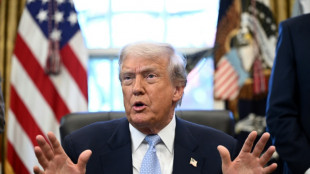
-
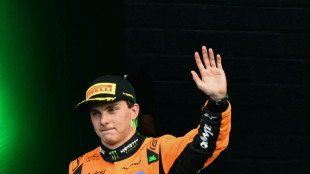 Oscar Piastri wins Australia's top sports honour
Oscar Piastri wins Australia's top sports honour
-
'Severely restricted': Russia's Saint Petersburg faces cultural crackdown
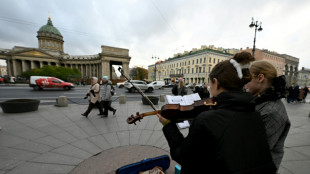
-
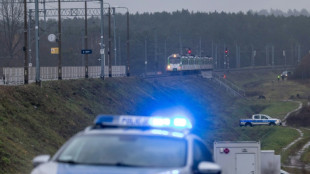 Polish PM denounces 'sabotage' of railway supply line to Ukraine
Polish PM denounces 'sabotage' of railway supply line to Ukraine
-
UK toughens asylum system with radical overhaul

-
 Carney's Liberals pass budget, avoiding snap Canada election
Carney's Liberals pass budget, avoiding snap Canada election
-
LeBron back in training, edges closer to Lakers return

-
 Climate talks run into night as COP30 hosts seek breakthrough
Climate talks run into night as COP30 hosts seek breakthrough
-
Germany and Netherlands lock up World Cup spots in style

-
 Germany's Woltemade hopes for 2026 World Cup spot after scoring again
Germany's Woltemade hopes for 2026 World Cup spot after scoring again
-
Germany 'send message' with Slovakia rout to reach 2026 World Cup

-
 Trump unveils fast-track visas for World Cup ticket holders
Trump unveils fast-track visas for World Cup ticket holders
-
Netherlands qualify for World Cup, Poland in play-offs

-
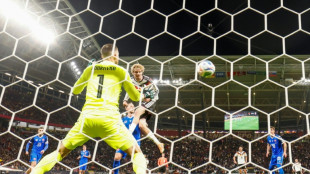 Germany crush Slovakia to qualify for 2026 World Cup
Germany crush Slovakia to qualify for 2026 World Cup
-
Stocks gloomy on earnings and tech jitters, US rate worries
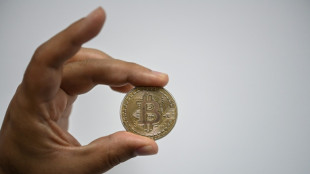
-
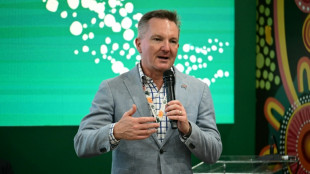 'In it to win it': Australia doubles down on climate hosting bid
'In it to win it': Australia doubles down on climate hosting bid
-
Former NFL star Brown could face 30 yrs jail for shooting case: prosecutor

-
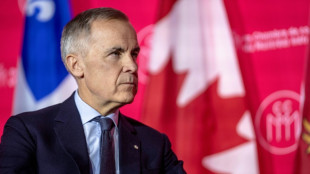 Fate of Canada government hinges on tight budget vote
Fate of Canada government hinges on tight budget vote
-
New research measures how much plastic is lethal for marine life

-
 Mbappe, PSG face off in multi-million lawsuit
Mbappe, PSG face off in multi-million lawsuit
-
EU defends carbon tax as ministers take over COP30 negotiations

-
 McCartney to release silent AI protest song
McCartney to release silent AI protest song
-
Stocks tepid on uncertainty over earnings, tech rally, US rates
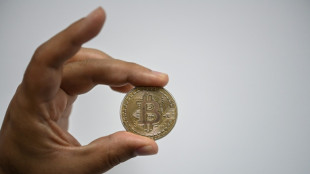
-
 Louvre shuts gallery over ceiling safety fears
Louvre shuts gallery over ceiling safety fears
-
'Stranded, stressed' giraffes in Kenya relocated as habitats encroached

-
 US Supreme Court to hear migrant asylum claim case
US Supreme Court to hear migrant asylum claim case
-
Western aid cuts could cause 22.6 million deaths, researchers say
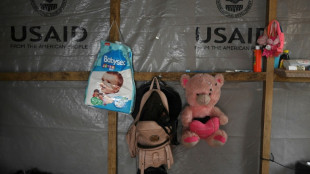
-
 Clarke hails Scotland 'legends' ahead of crunch World Cup qualifier
Clarke hails Scotland 'legends' ahead of crunch World Cup qualifier
-
S.Africa says 'suspicious' flights from Israel show 'agenda to cleanse Palestinians'

-
 South Korea pledges to phase out coal plants at COP30
South Korea pledges to phase out coal plants at COP30
-
Ex-PSG footballer Hamraoui claims 3.5m euros damages against club

-
 Mbappe, PSG in counterclaims worth hundreds of millions
Mbappe, PSG in counterclaims worth hundreds of millions
-
Two newly discovered Bach organ works unveiled in Germany

-
 Stocks lower on uncertainty over earnings, tech rally, US rates
Stocks lower on uncertainty over earnings, tech rally, US rates
-
Barca to make long-awaited Camp Nou return on November 22


Vlad the Impaler steps out of Dracula's shadow
Cloaked in a black cape like the infamous count himself, 10-year-old Niklas Schuetz runs through the dark corridors of a hill-top castle in search of the truth about Dracula.
"He was a Romanian prince, not a vampire," said the schoolboy, as he tripped by torchlight through the nocturnal gloom of Forchtenstein Castle.
The group being guided through the Austrian fortress are eager to sink their teeth into the gripping life of Vlad Tepes, the notorious "Vlad the Impaler", whose descendants once held the schloss.
The castle is home to one of the few paintings of the cruel 15th-century prince, and this Halloween its curators are trying to bring the real historical figure out from the chilling shadow of the monster invented by the Irish writer Bram Stoker.
Rather than being a ghoulish fiend, the real Vlad Tepes had for a "long time gone down in history as a positive figure" who courageously fought the Ottoman Turks, said the director of its collections, Florian Bayer.
"More and more people are able to distinguish between the bloodsucking vampire and the historical figure," he said.
Voivode Vlad III -- also known by his patronymic name Dracula derived from the Slavonic word for dragon -- once ruled over Wallachia, a Romanian-speaking vassal state of the Kingdom of Hungary.
- 'Forest' of the impaled -
Held as a child hostage of the sultan at the Ottoman court, he later turned against his former captors.
In several hard-fought campaigns against the Turks, he struck fear into his enemies by impaling thousands of Turkish prisoners.
This gruesomely slow death was also used against his internal rivals, like "the German merchants from neighbouring Transylvanian towns," historian Dan Ioan Muresan told AFP.
Tepes was often depicted amidst a "forest" of impaled bodies.
Yet despite his gory reputation, Vlad was a handsome devil and something of a ladykiller, according to Muresan.
He was a "very handsome man with an imposing build", with long hair flowing over his Turkish-style kaftans adorned with diamonds.
By marrying a cousin of the Hungarian king, he "gave rise to a branch from which the British royal family descends," the historian added.
Indeed Britain's King Charles III has repeatedly boasted of their shared blood ties, saying that Transylvania runs through his veins.
- Communist marketing -
The gothic novel by Stoker published in 1897 helped kickstart the modern vampire genre.
Dozens of films later, the fictional Dracula had transformed into a pop culture icon.
"Until the 1960s, Romanians didn't associate the character imagined by Stoker with Vlad Tepes," said Bogdan Popovici, head of the national archives in the Transylvanian city of Brasov, home to some of the prince's manuscripts.
"It was the Communists who started to commercialise it for the Western market to attract tourists," he said.
While cashing in on selling the vampire myth to visitors, the regime of Romanian Communist dictator Nicolae Ceausescu sought to resurrect Vlad as a national hero.
Paradoxically, the Communist regime was careful in differentiating the real Dracula from its fictitious counterpart as it pursued its mission to wipe out pagan traditions.
- Tears of blood -
"Romanians have never recognised themselves in the character, which was born out of a foreign imagination and planted into an exotic reality," said Muresan.
"It is being exploited as a kind of tourist trap," he said.
The real Vlad never set foot in Romania's Bran Castle -- widely taken as the inspiration for the lair of Dracula -- but it hasn't stopped it drawing visitors in their droves.
Murdered by his own people in 1476 in the wake of a conspiracy, experts dispute the whereabouts of his remains to this day, with some claiming that his head was sent to the sultan in Constantinople to confirm his death.
A recent Italian scientific study based on the analysis of the prince's handwritten letters found that Vlad probably suffered from haemolacria, indicating that he could shed tears of blood.
The creepy detail is undoubtedly enough to keep the Dracula myth alive for some time yet.
H.Darwish--SF-PST




